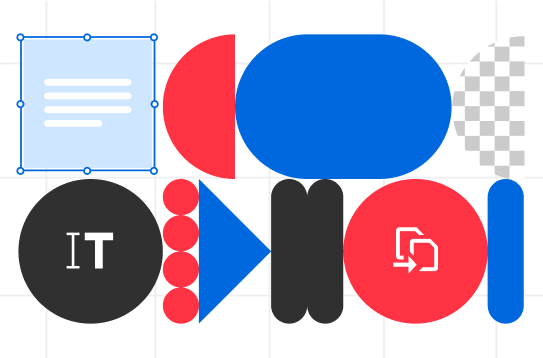
Wondering if your business needs ePub or PDF? Then, this article is for you. In one corner, we have the endlessly flexible eBook solution that has revolutionized how people consume their favorite books. In the other, the old school business document solution used by millions across the world to create, share, and store secure documents. We’ll cover the pros and cons of both so you can make a decision for yourself.
ePub vs. PDF—let’s settle this once and for all.
ePub or PDF? PDF or ePub? Now that digital libraries can fit in your front pocket, these two forms of digital publishing are at the forefront of the business world. But deciding which is best for you is tricky since they have so many key differences. If your business relies on digital documents (it should) or you are planning to publish just about anything, you need to consider this choice carefully.
Let’s get started.
ePub vs. PDF: What is the ePub format?
Before we get into talking about which one is better, we should probably cover what they actually are first.
E-Publishing (ePub)

E-publishing was developed with today’s modern mobile readers in mind. It is a flexible, reflowable, highly interactive XML format for digital publishing that works especially well for ebooks. Regardless of device or screen size, the reader can have a tailored experience that makes it easier than ever to enjoy that cheesy romance they know they shouldn’t be reading.
Of course, it isn’t just limited to books. It can be used for manuals or other digital documents (we’ll cover more on this later).

In case you’ve been living under a rock, the portable document format (PDF) is the world’s standard in digital documents. Originally created by Adobe in 1993, it has been the go-to for digital documents for people, businesses, and governments for the better part of 3 decades. Basically, it recreates a paper document in digital form which gives you increased security and flexibility.
ePub vs. PDF: Do they have anything in common?
Before we get to covering what sets them apart, we should cover what they have in common.
- Multi-Platform Access: Both types of digital publishing are available in many formats with a range of different readers. Flexibility won’t ever be an issue.
- Built-In Security Features: In the case of PDFs (especially Soda PDF!), passwords and other multi-layer security methods will have your important business docs under lock and key. For ePub, there are digital rights management (DRM) capabilities that protect your work from reproduction. Both methods are secure in their own right.
Key Differences
When it comes to ePub vs PDF, the major difference is the reading experience. The general consensus is that e-published books have the edge in readability.
PDFs are essentially digital printed documents. It’s like having a piece of paper in your hand, except it’s on the screen (this has many advantages though!). PDFs can be viewed exactly the same as the original format. For readers on small devices, this can be a challenge.
ePub was created with today’s mobile device readers in mind. This is due to “reflowability”.
Reflowable: A reflowable document is a digital doc that can adjust its presentation to the device. This is especially important when it comes to reading books on small screens.
If you were reading a PDF on a tablet, for example, you would have to constantly pinch, zoom and scroll horizontally. An ePub doc will automatically resize to fit the screen, including making the text “flow” around images. This function alone has made it the choice among ePublishers like Kindle and Nook.
Other Key Differences
- Editing: If you have a great PDF tool (like Soda PDF….), you have the ability to annotate, make highlights, and a lot of another neat features. This makes it GREAT for sharing documents between coworkers. ePub books are usually read only. However, that reading experiencing can be enriched more than PDF. Speaking of that…
- Rich Media: Although strides have been made with PDF 2.0, ePub is still superior in terms of rich media. Interactive media, video, hyperlinks, and more make for a far richer reading experience. Again, keep in mind that this does not include editing the text or making your own notes, though.
- eSign: Soda PDF and other PDF tools allow you to eSign documents to show ownership. You can even set passwords so that only people within a team or company have access to certain features. ePub doesn’t offer that same type of advantage.
- Popularity: This is hard to gauge but as it stands currently, there are far more PDFs and PDF services than ePub. This will provide far more flexibility when it matters most.
- Accessibility: A major drawback for PDF (that has been helped a bit by the 2.0 upgrade) is that the code is complex. This makes it difficult for developers to create better add-ons. Converting them to a web friendly format is also quite difficult. ePub on the other hand is written primarily in 2 languages, XML and XHTML. This makes it not only more accessible but more compatible with most types of software.
Verdict: ePub vs. PDF—who wins?
When it comes to the battle of these digital publishing formats, the winner is:
It depends.
It really comes down to what your personal or business needs are. E-publishing is definitely superior for books and other digital scripts that are meant to be read on tablets and other mobile devices. PDFs are superior for business documentation that is static, meant to be annotated, and needs to be signed/stored securely.



